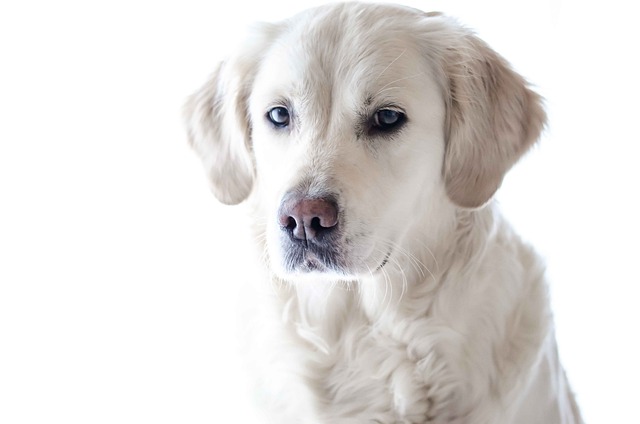
How do i train my dog to be obedient?
Watching your dog dart across the park ignoring your calls isn’t just frustrating—it can put them at risk near busy streets or public spaces.
Training a dog to become a guide dog isn’t a quick process—think of it more like raising a skilled partner than checking off a to-do list. The timeline varies, but most people are surprised by how much goes into turning a playful puppy into a trusted helper. It’s not just about teaching commands; it’s about building a relationship with the world, one careful step at a time.
It starts early, with guide dog puppies as young as 8 weeks old. These little ones live with volunteer foster families for 12 to 18 months, learning basic manners, socializing with people and other animals, and getting used to busy streets, loud noises, and crowded spaces. That foundation matters—nervous puppies grow into nervous adults, so this phase is all about confidence. Fosters work with reputable organizations that make sure every interaction aligns with what’s needed later, keeping things consistent even as the pups explore.
 Once that phase wraps up, the puppies head back to training centers for more intense work. For the next 6 to 9 months, trainers focus on specific skills: navigating obstacles, stopping at curbs, judging heights, and even knowing when to pause at crosswalks. It’s detailed stuff—imagine teaching a dog to “read” a crowded sidewalk the way we read a map. Some catch on fast, others need extra patience with tricky scenarios like sudden crowds or unexpected construction. No two dogs learn the same way, and that’s okay.
Once that phase wraps up, the puppies head back to training centers for more intense work. For the next 6 to 9 months, trainers focus on specific skills: navigating obstacles, stopping at curbs, judging heights, and even knowing when to pause at crosswalks. It’s detailed stuff—imagine teaching a dog to “read” a crowded sidewalk the way we read a map. Some catch on fast, others need extra patience with tricky scenarios like sudden crowds or unexpected construction. No two dogs learn the same way, and that’s okay.
Then comes the part where the dog meets their future handler. All that training means nothing if they don’t connect with the person who needs them. This pairing phase usually takes 4 to 6 weeks, but it can stretch longer if either needs more time. Handlers learn how their dog thinks, and the dog learns their handler’s habits—like how fast they walk or when they prefer to pause. It’s a two-way street, built on trust more than anything else.
When you add it all up, the total time often lands between 18 months and 2 years. Some programs finish a bit sooner, others take a little longer, especially if a dog needs extra work on a specific skill. What matters most is that every step follows guidelines set by local authorities—making sure the dog is ready, the training is ethical, and the final team meets all requirements to work in public spaces. Cutting corners here doesn’t just risk skills; it risks the safety of both the handler and the community.
Guide dog training isn’t about rushing to a finish line. It’s about growing a partnership that can last 8 to 10 years, through all kinds of weather, all kinds of days. The time invested shows in every confident step a handler takes, every calm decision the dog makes when things get chaotic. It’s a long road, but watching that bond form? There’s nothing else like it.

Watching your dog dart across the park ignoring your calls isn’t just frustrating—it can put them at risk near busy streets or public spaces.

New puppy owners often find themselves rushing to clean up accidents before they set in, and that’s where puppy pad training becomes a game-changer.

If you've noticed your dog's waistline disappearing and your veterinarian has mentioned those few extra pounds, your first instinct might be to simply reduce the amount of food in their bowl.

Training a dog to use a designated spot indoors isn’t as daunting as many new owners fear, but it does take consistency and an understanding of your pet’s needs.

That moment of dread on a walk is all too familiar for many new dog owners. You see another dog approaching down the sidewalk of your neighborhood

If the sight of another dog on your neighborhood walk makes your heart sink as your own dog erupts into a frenzy of barking and lunging, you're not alone.